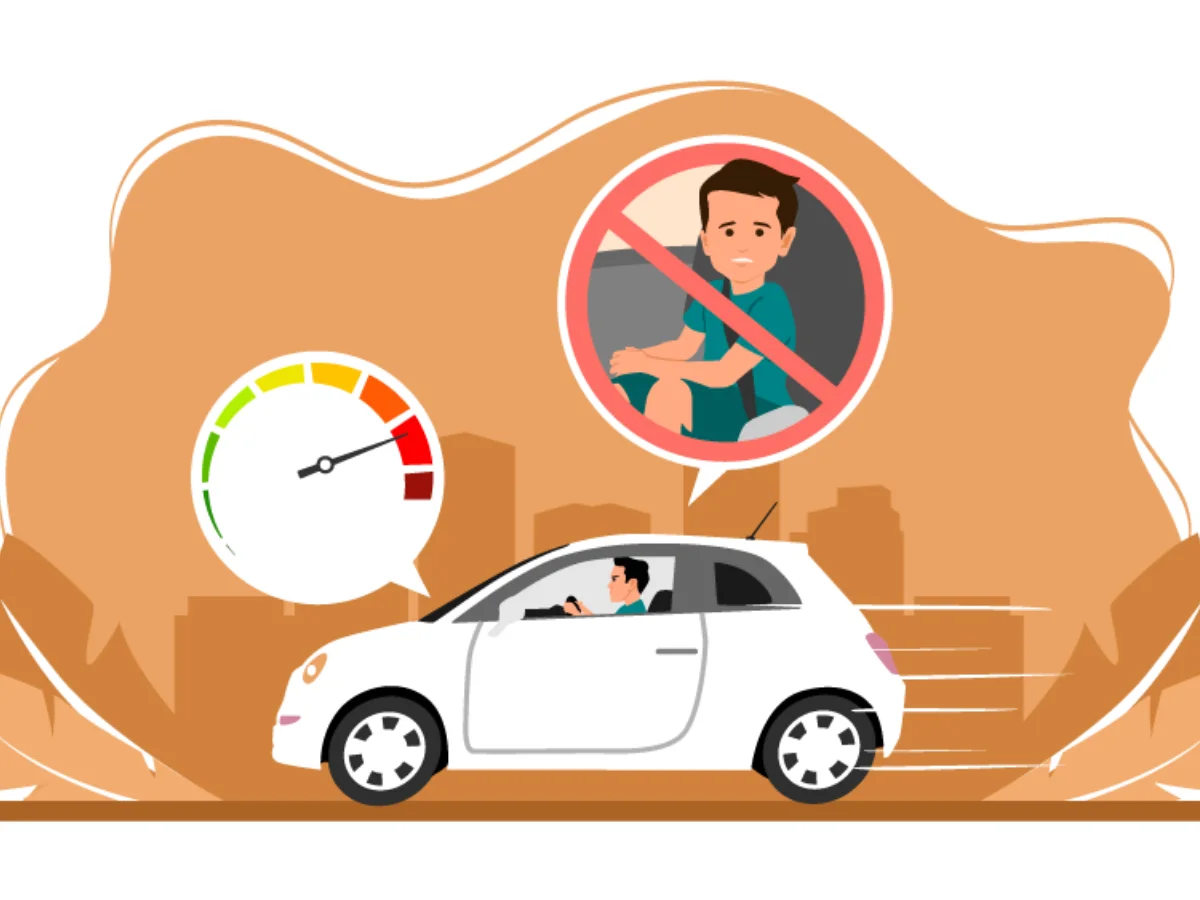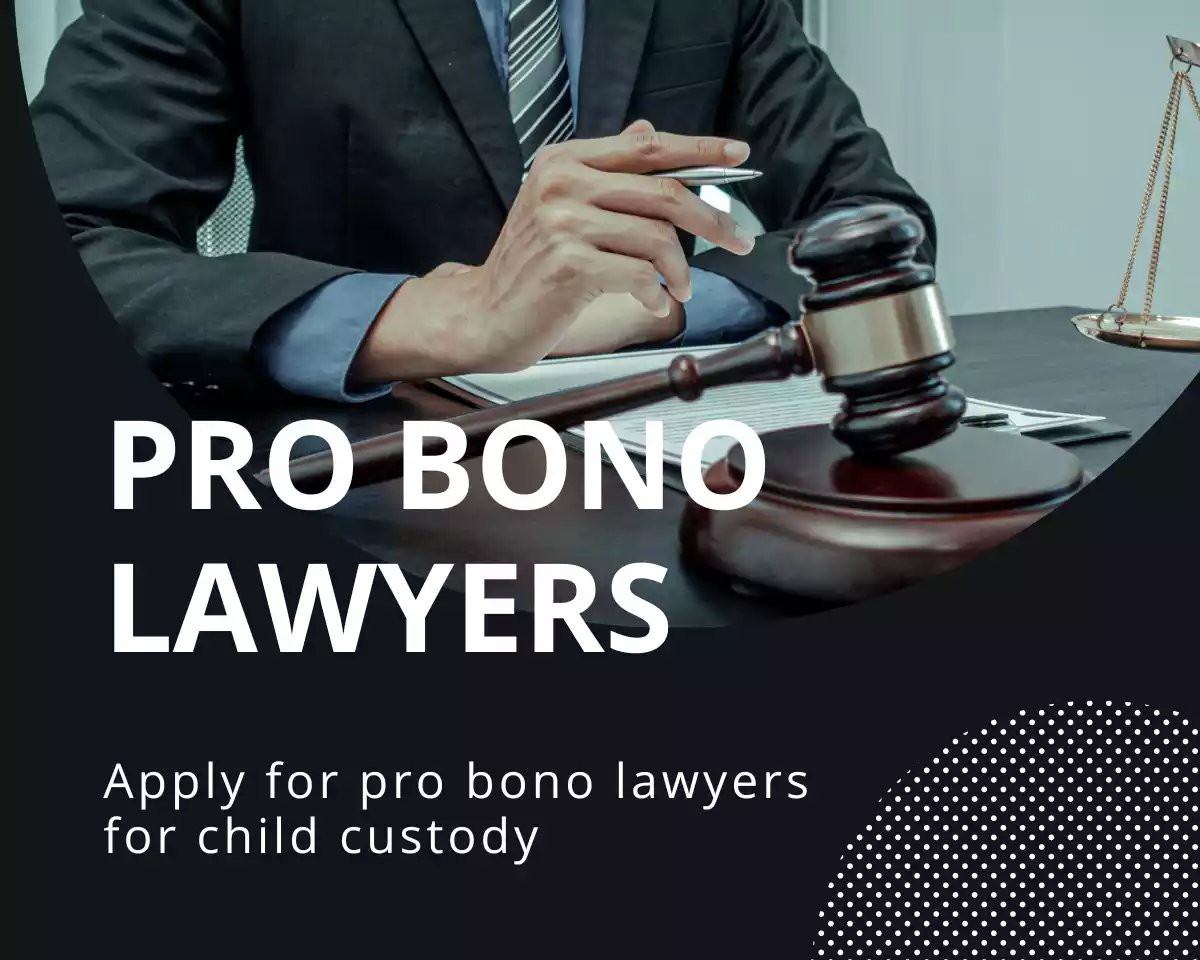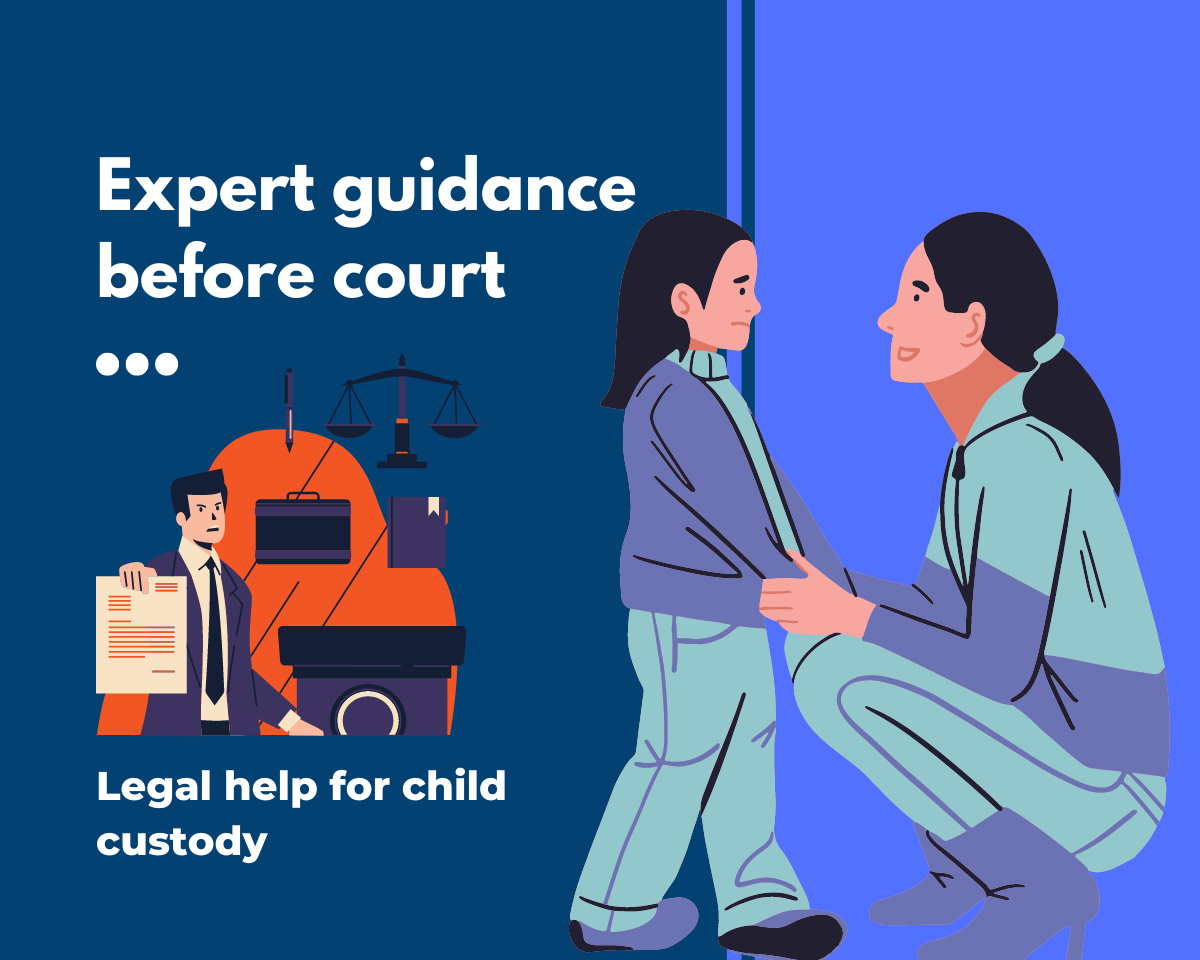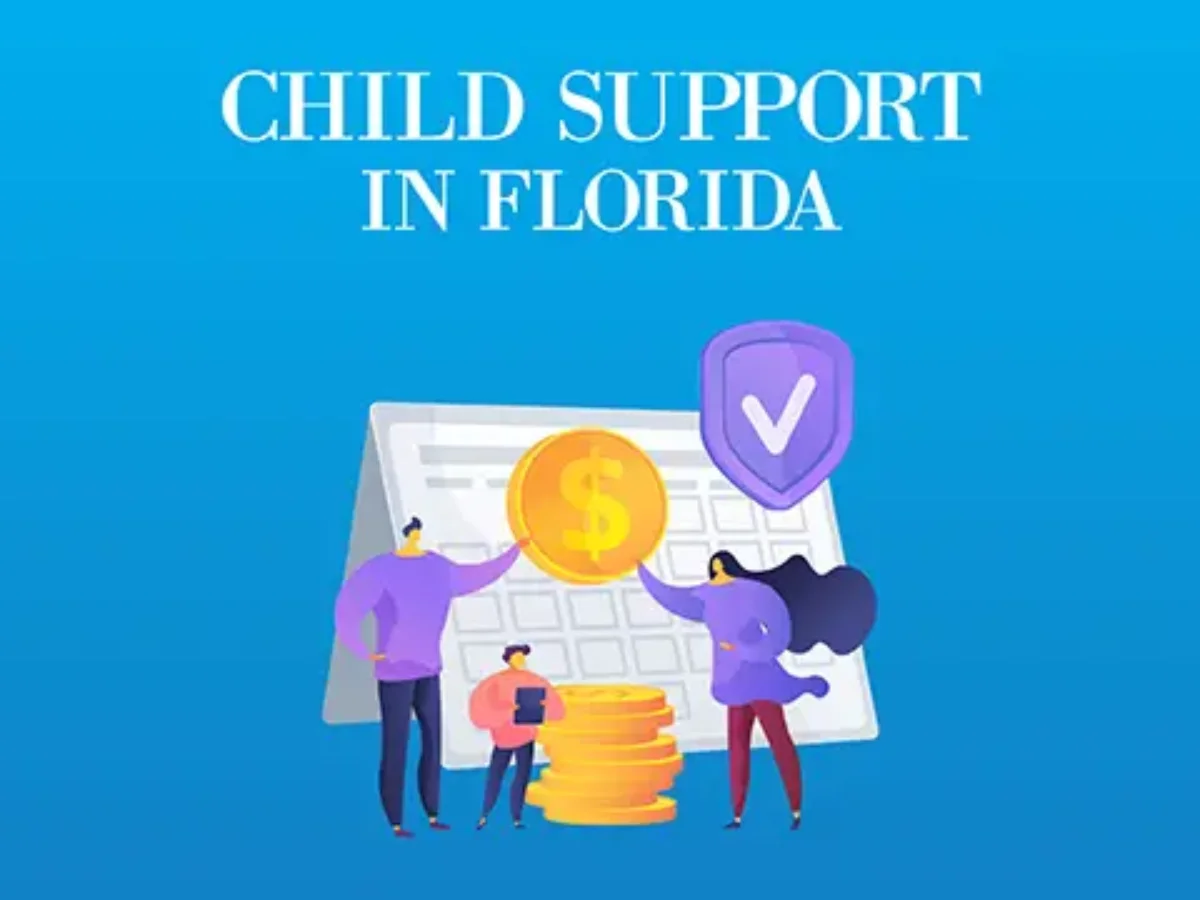Speeding with a child in the car raises significant concerns about child endangerment. It not only poses serious legal consequences but also brings into focus the risks and dangers faced by children due to this behavior.
Introduction
Driving at excessive speeds while a child is present in the vehicle raises legal and ethical questions. Such actions are often deemed as child endangerment due to the associated risks and potential harm posed to the child.
Speeding with a child in the car is a form of child endangerment with significant legal implications. Laws and regulations regarding this issue aim to safeguard children from potential harm while educating and penalizing those who engage in this unsafe behavior.
Understanding Child Endangerment Laws
Child endangerment laws vary across jurisdictions but generally encompass behaviors that put children at risk, including speeding while a child is in the vehicle. These laws seek to protect the welfare of children and hold responsible parties accountable for their actions.
Risks and Dangers of Speeding with a Child in the Car
Statistically, speeding with a child in the car increases the likelihood of accidents and injuries. The physical and psychological risks imposed on the child are considerable, raising concerns about their safety and well-being.
Enforcement and Penalties
Legal consequences for speeding with a child in the car can range from fines to more severe penalties, varying based on the severity of the offense and the jurisdiction. Understanding these repercussions is crucial in deterring such behaviors.
Preventative Measures
Implementing safe driving practices and educating individuals about the risks associated with speeding with a child in the car is vital in preventing incidents of child endangerment.
Impact on Child’s Well-being
Speeding with a child in the car can have lasting effects on a child’s emotional and developmental well-being. Parents hold a crucial responsibility in ensuring the safety of their children during car rides.
Public Awareness and Advocacy
Campaigns and initiatives play a significant role in raising awareness about the dangers of speeding with a child in the car and encouraging a change in societal perspectives regarding this issue.
Community Support and Education
Communities should offer resources for parents to encourage safe driving habits and support systems that reinforce responsible driving behaviors.
The Role of Technology in Monitoring
Advancements in car safety features and monitoring systems contribute to preventing and monitoring instances of speeding with a child in the car.
Counseling and Support for Affected Families
Families affected by incidents of speeding with a child in the car need access to counseling and support systems to cope with the trauma and challenges they face.
Legal Precedents and Case Studies
Notable cases and their outcomes shed light on the impact of these incidents on legislation and judicial decisions.
Opinions and Perspectives
Stakeholders have varying viewpoints on this issue, and discussions should be encouraged to find suitable solutions.
Social and Moral Implications
Considering the ethical and social consequences of speeding with a child in the car is crucial in fostering responsible behavior and preventing harm to children.
Recommendations and Guidelines
Proposing legislative reforms and promoting behavioral changes are essential steps toward preventing child endangerment due to speeding in vehicles.
Conclusion
In conclusion, speeding with a child in the car constitutes child endangerment with severe implications. Understanding the legal, emotional, and societal consequences is vital in promoting a safe environment for children.
FAQs
- Is speeding with a child in the car considered a criminal offense? Speeding with a child in the car can result in criminal charges, depending on the circumstances and laws in the relevant jurisdiction.
- What are the potential dangers faced by a child when in a car speeding situation? Children in speeding cars face increased risks of accidents, injuries, and psychological trauma due to reckless driving behavior.
- How can parents ensure the safety of their children during car rides? Parents can ensure safety by following speed limits, using appropriate safety measures like seat belts and child safety seats, and setting good examples through responsible driving.
- Are there specific laws addressing speeding with a child in the car? While laws vary by location, many jurisdictions have specific legislation addressing child endangerment, which includes reckless driving behavior.
- What role does public awareness play in preventing incidents of speeding with a child in the car? Public awareness campaigns contribute significantly to educating individuals about the dangers and consequences of speeding with a child in the car, ultimately working to prevent such incidents.
Read More: https://www.courtsandchildren.org/
More Related:
What is Considered Unlivable Conditions for a Child?
Can Non-Custodial Parents Claim Child Food Stamps?
Can Step-Parents Discipline Their Stepchildren?
Is It Illegal to Yell at Someone Else’s Child?
Disability: Can a Landlord Make You Move Because of Your Child’s Autism?
Can You Be Evicted for a Noisy Child in California?
Can You Claim Stepchildren on Taxes If Not Married?
Contents
- 1 Introduction
- 1.1 Understanding Child Endangerment Laws
- 1.2 Risks and Dangers of Speeding with a Child in the Car
- 1.3 Enforcement and Penalties
- 1.4 Preventative Measures
- 1.5 Impact on Child’s Well-being
- 1.6 Public Awareness and Advocacy
- 1.7 Community Support and Education
- 1.8 The Role of Technology in Monitoring
- 1.9 Counseling and Support for Affected Families
- 1.10 Legal Precedents and Case Studies
- 1.11 Opinions and Perspectives
- 1.12 Social and Moral Implications
- 1.13 Recommendations and Guidelines
- 1.14 Conclusion
- 2 FAQs























